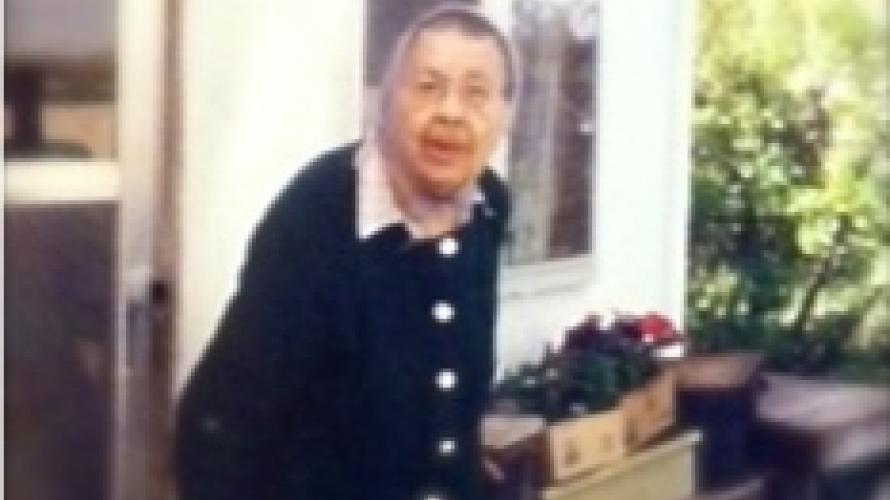

For five years I visited a Metis elder, Sarah LaRocque. She was 89 years old when she first came to her screen door, politely inviting me in to chat. She had come to her age through a pleasure in brief visits from people who knew of her handiwork, through the intimacies of women from her community, through her religious faith, through years of hard work, of care taking family members. Largely she was an intensely private person, leaning toward intimacies like those she felt for the sun, for the refreshing breath of spring.
When she died she had lived most of her one hundred two years within a 60 mile radius of where she was born.
I last visited her in Lewistown. in a rest home. She busily planned returning to her home, where she would pull a chair into the open doorway of her three-room home and crochet. She imagined planting her garden, already tasting its fruits, tasting them from the loam of memory, of gardens tended for ninety-something years, tended first for her family, then for her mother and herself, then finally, for her own use and the pleasure of neighbors. She was a midwife of flowers, tomato plants, and apple trees, celebrating the simple but vivid sensuality of the sun’s work on her shoulders when they ached, celebrating bracing air, and the deep quiet of small town life.
On my first visit with her, I arrived with questions in hand. Entranced, I returned again and again. When I stopped to see her at the rest home, it was the first time I’d seen her in four years. She didn’t recognize me, told me about a woman she knew who owned a store in Bozeman. That’s me, I said.
I’m not sure she heard me.
When a member of the rest home staff brought a meal, Sarah looked at the pitiful white roll, described baking bread for her family by settling a dutch oven in the red coals of a fire, then scooping more coals over the top of the oven.
She told me that the rest home has “doings” for residents, including a duo who play guitar and fiddle. Her uncle was a state fiddle champion. In her youth, she attended doings held in homes cleared of their furniture, with neighbors arriving by horse and wagon, by sturdy pickups and station wagons, to dance the night away.
While she has been in the rest home, a nephew took her to a pow-wow where she was honored as the elder member of the gathering. With respect and some wonder, she said,
“Other people need so many instruments. Indians are happy with just a drum.” She said she danced a little jig on the way back to her seat.
I never visited Sarah again. She died two years later. I remember her with gratitude -- and respect.
Women’s History is not simply about those women who came before, women whose stories have made it in to the books that document our collective past. It’s about listening to the stories of the women who live now, particularly our elders, about honoring their simple and enduring contributions to our lives. It invites you to explore and expand your awareness and knowledge of your own story, enticing you to explore and celebrate the women who came before in your own family, your own community.
